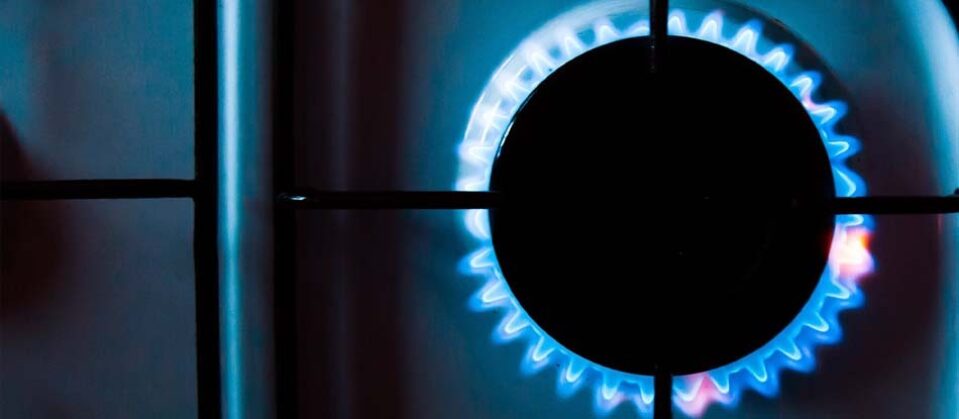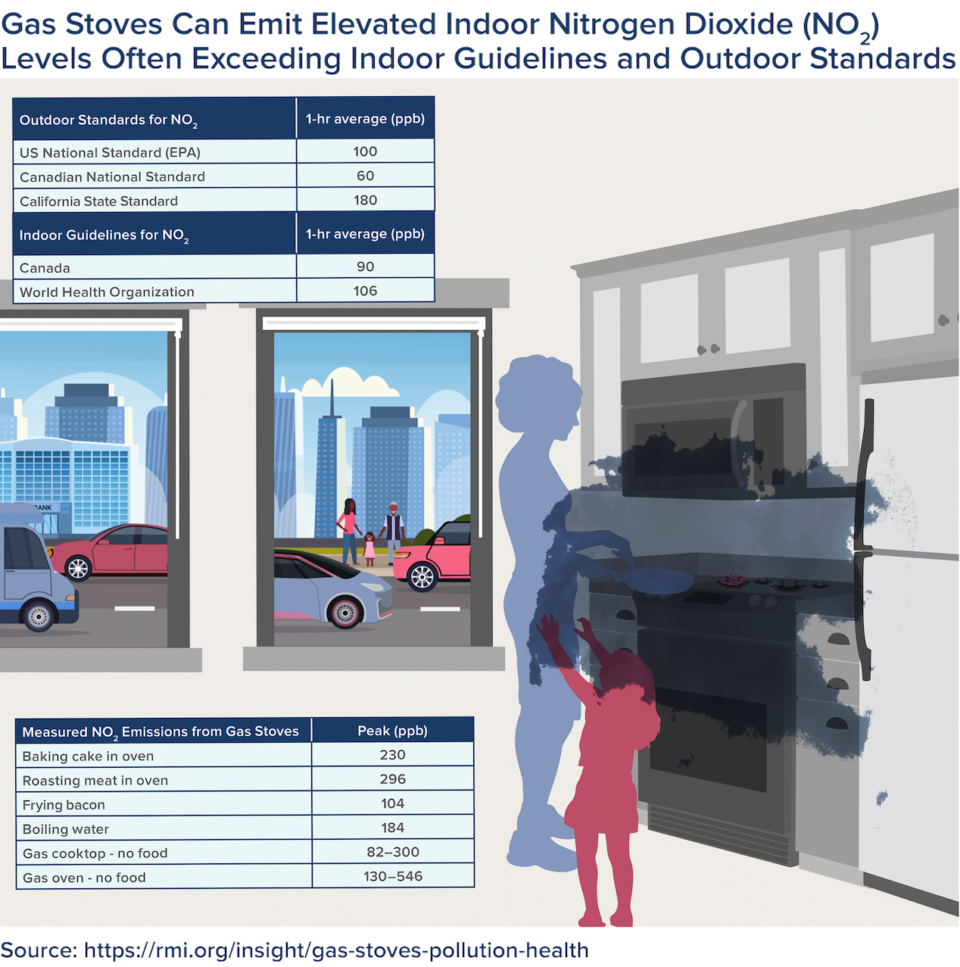Will You Look at Your Gas Stove Differently After Reading This?
Brady Anne Seals / January 27, 2022

Just this morning, new research was released from Stanford that shows that gas stoves are bigger climate polluters than previously thought, when accounting for methane leaks. According to the research, climate pollution from the approximately 43.3 million gas stoves in the country is comparable to half a million gas cars on the road.
Climate change is the biggest global health threat of the 21st century. Some of those threats, like coastal storms and heat waves, are highly visible. Others are all around us but are harder to see. Nearly 1 in 5 deaths worldwide are caused by air pollution from burning fossil fuels. In the United States, buildings are an overlooked source of that air pollution. In fact, outdoor air pollution from burning fuels in buildings (gas, oil, wood, biomass) now has more negative health impacts than coal in many states, according to research from Harvard School of Public Health.
Burning fossil fuels in the building sector is a significant contributor to greenhouse gas emissions (about 10% of US carbon emissions) and air pollution. But the sources come down to just a handful of appliances: including fossil fuel powered water heaters and furnaces. Pollutants related to those gas emissions include nitrogen oxides (NOx), particulate matter (PM2.5), carbon monoxide, and ground-level ozone.
Indoors, beyond the newly reported climate impacts, gas stoves can be a primary source of air pollution, especially as stoves are not required to be vented to the outdoors in every state, and building codes can vary substantially, even from one county to the next. Health research shows that children living in a home with a gas stove have a 42% increased risk of having asthma symptoms compared to children in homes with electric stoves.
Nearly fifty years of health literature shows that gas stoves are a health risk (numerous studies date back to the 1970’s). Health professionals have recognized the significant harm of these emissions. Recently, medical societies have passed resolutions recognizing the health harms of gas appliance pollution (see, for example, the Greater Boston Chapter of Physicians for Social Responsibility and the Washington State Medical Association).

That indoor air pollution is a health equity and climate justice issue. In the United States, 26 million low-income households burn fossil fuels inside their homes. Communities of color are disproportionately overburdened by pollution from burning fossil fuels even without considering the gas stoves, as well as energy costs and poor housing quality. This is due in part to structural racism throughout our housing and economic systems. Many of these communities are also highly vulnerable to the extreme weather events brought on by climate change. Communities may lack comparable access to cooling and resilient infrastructure, as well as the financial means to relocate.
Policymakers at all levels of government are starting to take steps to address gas appliance pollution. At the federal level, the Consumer Product Safety Commission has started holding public meetings to look at gas stove pollution. The Environmental Protection Agency recently announced that gas appliances won’t make the cut for the Energy Star’s “most efficient” rating. Air agencies have a particular role to play in ending gas appliance pollution. In California, the newest building code includes differentiated requirements for gas stoves (vs. electric stoves), the first time this has been required by a building code by any state. The California Air Resources Board unanimously voted on a groundbreaking resolution committing the agency to take significant action on gas appliance pollution.
There is still significant work to do. Around the country, more than 60% of households heat their homes or water with fossil fuels, and about 35% of households cook with gas. A report from the Environmental Law Institute shows how states, localities and tribes can benefit from building codes and other policies to reduce indoor air pollution. By centering health and climate justice along with climate goals, policymakers can best ensure that policies, whether they address retrofits or new construction, are putting people first.
This page was updated on January 19, 2024 to better meet our accessibility standards. To see the page as it was initially published, click here.
